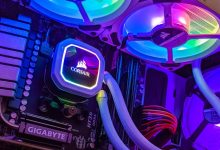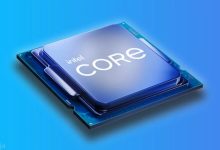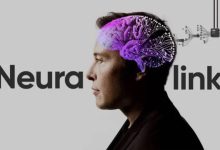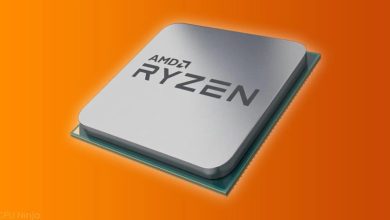In the realm of cutting-edge technology and human-machine interaction, Neuralink has emerged as a beacon of innovation. Founded by visionary entrepreneur Elon Musk, Neuralink aims to revolutionize how we interface with computers and artificial intelligence. At the heart of this groundbreaking venture is the Neuralink Brain Chip, a marvel of neurotechnology that holds the potential to reshape the future of humanity. In this blog post, we embark on a journey to unravel the mysteries of the Neuralink Brain Chip and understand its profound implications.
The Essence of Neuralink:
Neuralink is not just another tech company; it’s a venture with a bold mission — to merge the human brain with artificial intelligence. At its core lies the Neuralink Brain Chip, a pivotal component in achieving this extraordinary feat.
Brain-Computer Interface (BCI):
The Neuralink Brain Chip is a brain-computer interface (BCI) device that facilitates direct communication between the human brain and external devices, such as computers or smartphones. It operates on the principle of neuroprosthetics, seeking to bridge the gap between the biological and digital realms.
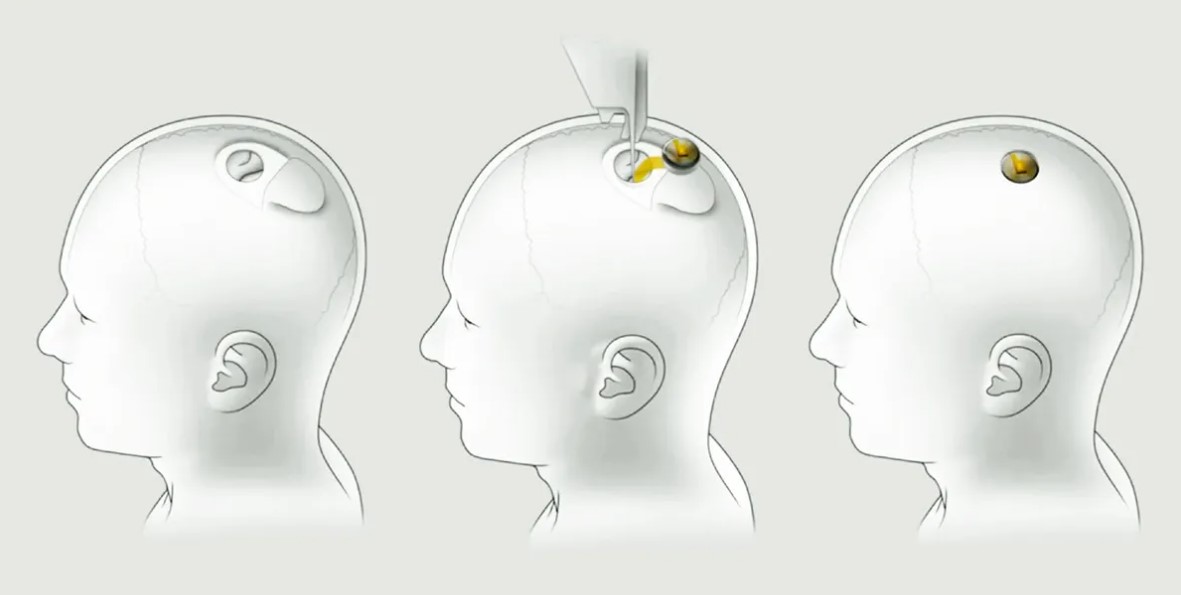
The Surgical Procedure:
A minimally invasive surgical procedure is performed to install the Neuralink Brain Chip. A robotic surgeon, also developed by Neuralink, conducts the surgery with remarkable precision. Elon Musk has indicated that the process could cost a few thousand dollars, making it potentially accessible to a broader audience.
Applications and Implications:
The Neuralink Brain Chip has a myriad of potential applications. The possibilities are limitless, from assisting individuals with neurological disorders to enabling direct brain-to-machine communication. Furthermore, the chip can potentially enhance human cognition, paving the way for a new era of intelligence augmentation.
Challenges and Ethical Considerations:
While the Neuralink Brain Chip holds immense promise, it raises critical ethical and safety concerns. Privacy, security, and the potential for misuse are issues that demand careful consideration as this technology evolves.
Neuralink Brain Chip Release Date
As of the latest available information, Neuralink has initiated its first human clinical trials for the brain implant in January 2024. However, a specific release date for the Neuralink Brain Chip, intended for widespread commercial use, has not been publicly disclosed. The clinical trials mark a significant step in the development and testing of the technology, but further details about its availability to the general public are awaited. Stay tuned for updates from Neuralink as they advance their brain-computer interface technology.
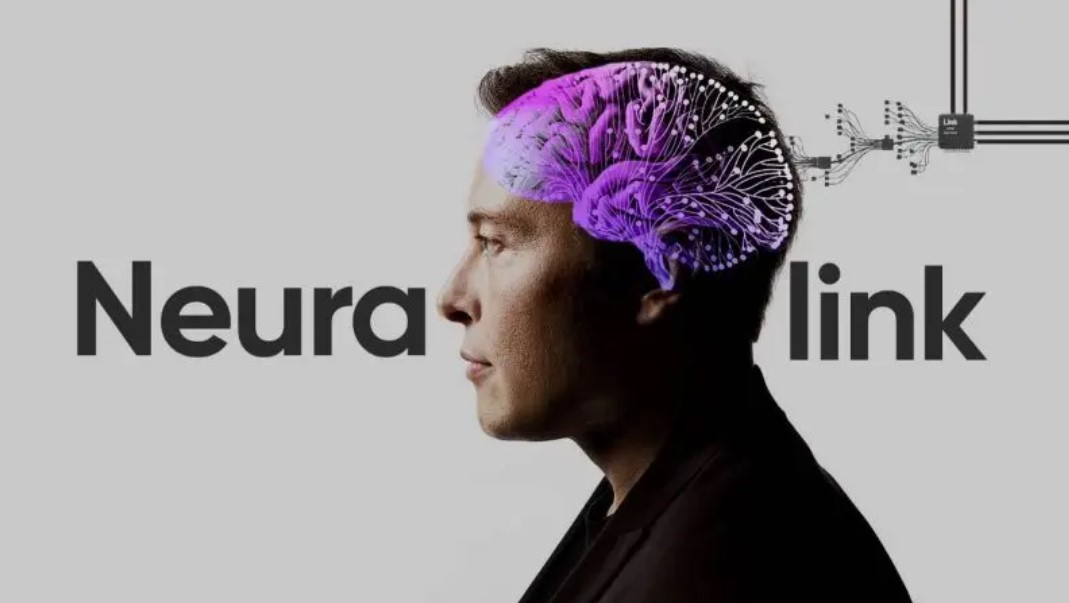
Why is Neuralink so important?
Neuralink is a company that has garnered immense attention and importance for several compelling reasons:
- Revolutionizing Brain-Computer Interaction: Neuralink’s core mission is to develop brain-computer interfaces (BCIs) that enable direct communication between the human brain and external devices, such as computers and smartphones. This technology can revolutionize how we interact with technology, opening up new possibilities for controlling machines with our thoughts.
- Medical Breakthroughs: Neuralink’s BCIs hold significant promise for medical applications. They can provide hope for individuals with neurological disorders, paralysis, or other conditions by allowing them to regain mobility, communicate, and improve their overall quality of life.
- Enhancing Human Cognition: Neuralink’s technology can potentially improve human cognition. It could enable individuals to access information and perform tasks at speeds and levels of efficiency that were previously unimaginable. This could have profound implications for education, research, and problem-solving.
- Advancing AI and Robotics: BCIs developed by Neuralink can facilitate better interaction with artificial intelligence (AI) systems and robots. This could lead to advancements in automation, making robots more intuitive to control and collaborate with, potentially transforming industries like manufacturing and healthcare.
- Ethical Considerations: The development of BCIs also raises critical ethical considerations related to privacy, security, and potential misuse. Neuralink’s work prompts essential discussions about the responsible development and deployment of advanced neurotechnology.
- Space Exploration: Elon Musk, Neuralink’s founder, has mentioned the potential application of BCIs in space exploration. BCIs could allow astronauts to interface more directly with spacecraft and technology during long-duration space missions.
- Innovation and Competition: Neuralink’s presence in the tech industry fuels innovation and competition. It has spurred interest and investment in neurotechnology, leading to advancements beyond Neuralink’s developments.
- Scientific Exploration: The research and development efforts at Neuralink contribute to our understanding of the brain and neural networks. This scientific exploration may lead to breakthroughs in neuroscience and related fields.
- Science Fiction Becoming Reality: Neuralink’s work resembles concepts previously found only in science fiction. Its efforts bring us closer to realizing the possibilities depicted in futuristic literature and movies.
Overall, Neuralink is essential because it is at the forefront of a technological revolution that has the potential to impact various aspects of our lives, from healthcare and education to the way we interact with machines and explore the frontiers of space. It represents a convergence of science, medicine, and technology that could reshape the future in ways we are only beginning to imagine.
What Neuralink could be able to achieve for the world
Neuralink holds the potential to achieve transformative advancements for both individuals and society. Here are some of the profound achievements that Neuralink could bring to the world:
- Treatment of Neurological Disorders: Neuralink’s brain-computer interface technology has the potential to revolutionize the treatment of neurological disorders such as Parkinson’s disease, epilepsy, and paralysis. Directly interfacing with the brain could enable precise control and alleviation of symptoms.
- Restoring Lost Sensory Functions: For individuals who have lost sensory functions, such as hearing or sight, Neuralink offers the possibility of converting these senses through direct brain stimulation. This could significantly improve the quality of life for those affected.
- Enhanced Cognitive Abilities: Neuralink has the potential to improve human cognition by providing access to vast amounts of information and computational power. It could enable individuals to learn faster, solve complex problems more effectively, and expand their intellectual capabilities.
- Efficient Brain-Computer Communication: The technology could revolutionize how we interact with computers and other digital devices. Communication with machines would become more seamless, allowing for faster and more efficient control of technology.
- New Forms of Entertainment and Communication: Neuralink could lead to entirely new forms of entertainment and communication. Imagine experiencing virtual reality directly in your mind or communicating telepathically with others.
- Advancements in AI and Robotics: By allowing direct connections between the human brain and artificial intelligence systems, Neuralink could accelerate advancements in AI and robotics. This could lead to more intelligent and capable machines to assist with various tasks.
- Exploration of Brain Function: The technology could enable researchers to gain deeper insights into the functioning of the human brain. This could lead to breakthroughs in our understanding of consciousness, memory, and decision-making.
- Economic and Social Impact: Neuralink’s innovations have the potential to create new industries and economic opportunities. They could also address society’s most pressing challenges, such as disability and healthcare.
- Ethical Considerations: As Neuralink advances, it raises important ethical considerations related to privacy, security, and the responsible use of technology. Addressing these issues will be crucial to ensuring that the benefits of the technology are realized without harm.
Conclusion: The Neuralink Brain Chip represents a significant milestone in merging humans and artificial intelligence. It can unlock new realms of human potential and transform how we interact with technology. However, it also brings a responsibility to navigate ethical and safety challenges prudently. As Neuralink continues to push the boundaries of neurotechnology, it invites us to envision a future where the boundaries between the human mind and the digital world blur, opening doors to unprecedented possibilities.



